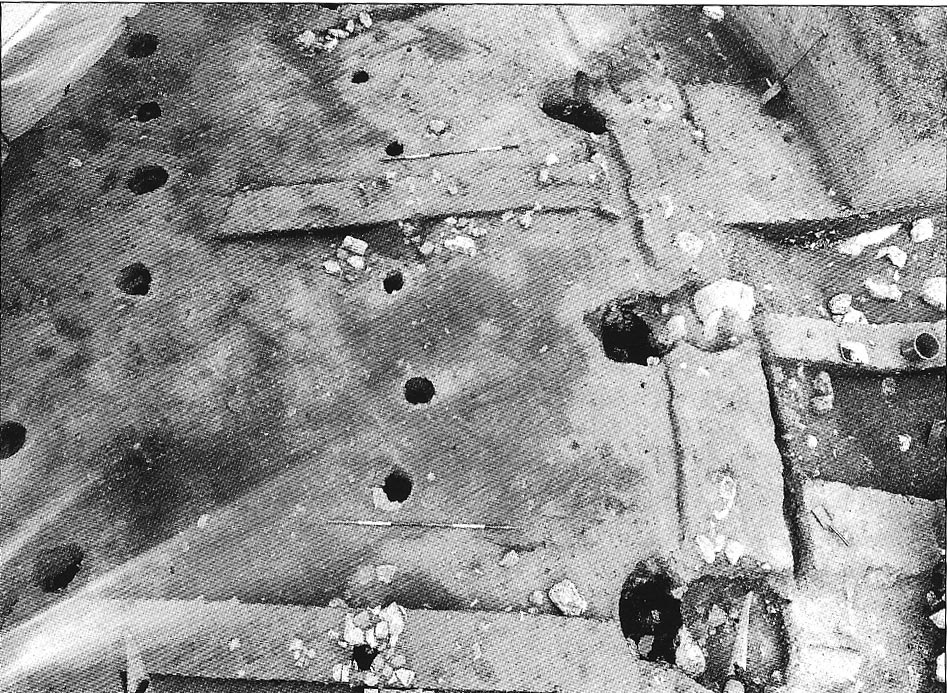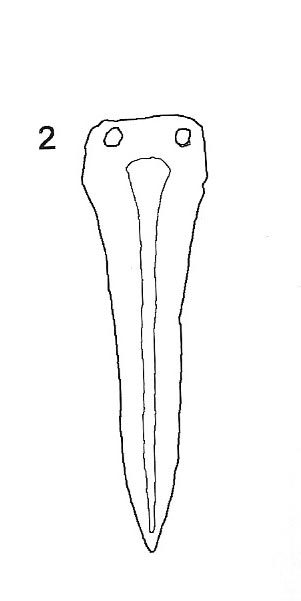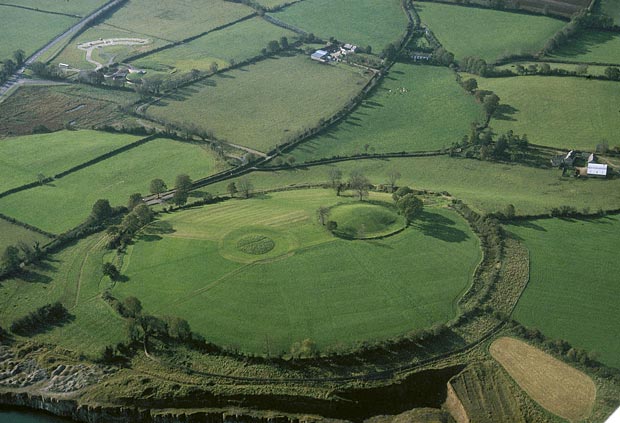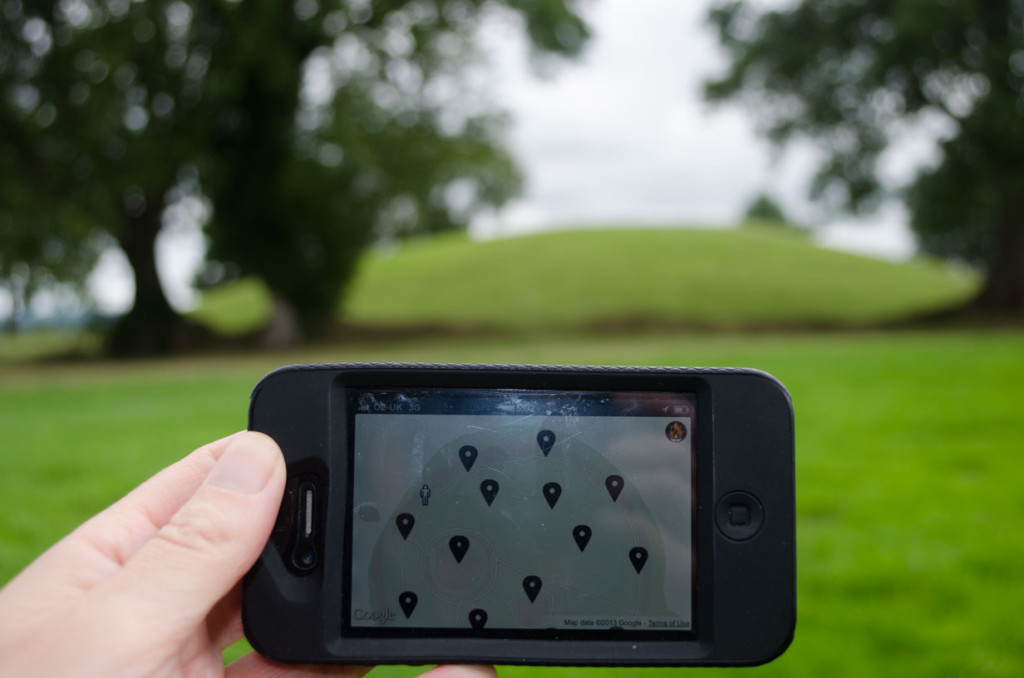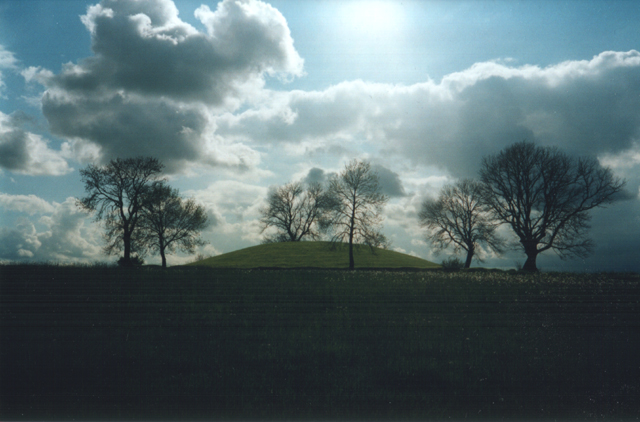Iron Age Ireland 200BC – AD 500
The Iron Age is defined in Ireland by the introduction of the La Téne design of metalwork, a style that is closely associated with the Celts. The finds from this period such as ornaments, horse tack and weaponry are associated with aristocratic members of society. There is little evidence of Iron Age settlement in Ireland apart from at the ‘royal’ sites of Tara, Co. Meath, Dún Ailinne on the hill of Knockaulin, Co. Kildare and Navan Fort. Again there is little burial evidence from this period, suggesting cremation was the most common method and the few grave goods found consisted of personal possessions such as pottery or weapons.
Navan Fort in the Iron Age 200 BC
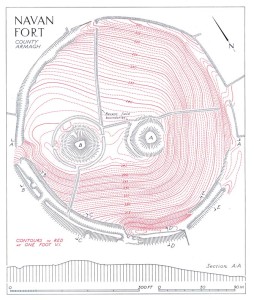
Plan of Navan Fort showing Site A and Site B
Around Navan Fort, there was a resurgence of woodland c. 200 BC suggesting the collapse of agriculture, abandonment or population decline. The forest regeneration coincides with a rise in lake levels suggesting an increase in rainfall. These climatic changes coincide with an upsurge in ceremonial activity including the building of the mound at site B on Navan Fort and the deposition of the trumpets in Loughnashade. By the first or second centuries AD this decline was reversed and arable agriculture was again on the rise.
Navan Fort Site A & Site C in the Iron Age
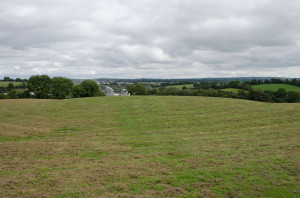
Navan Fort site A Ring Barrow
The centre of the ring work lies 30m South-East of the centre of the enclosure. A wide hollow ring marks the line of a filled in ditch 30m in diameter and 2m deep, with traces of an external bank to the North and West. When complete the whole monument would have been 50m in diameter. The small internal area and lack of entrance and external bank suggest it was used as a ceremonial monument. A number of finds were discovered in the filled-in ditch including an Early Christian bronze brooch but radiocarbon dating of animal bones found at a lower level point to a much earlier date of occupation. Continue reading

